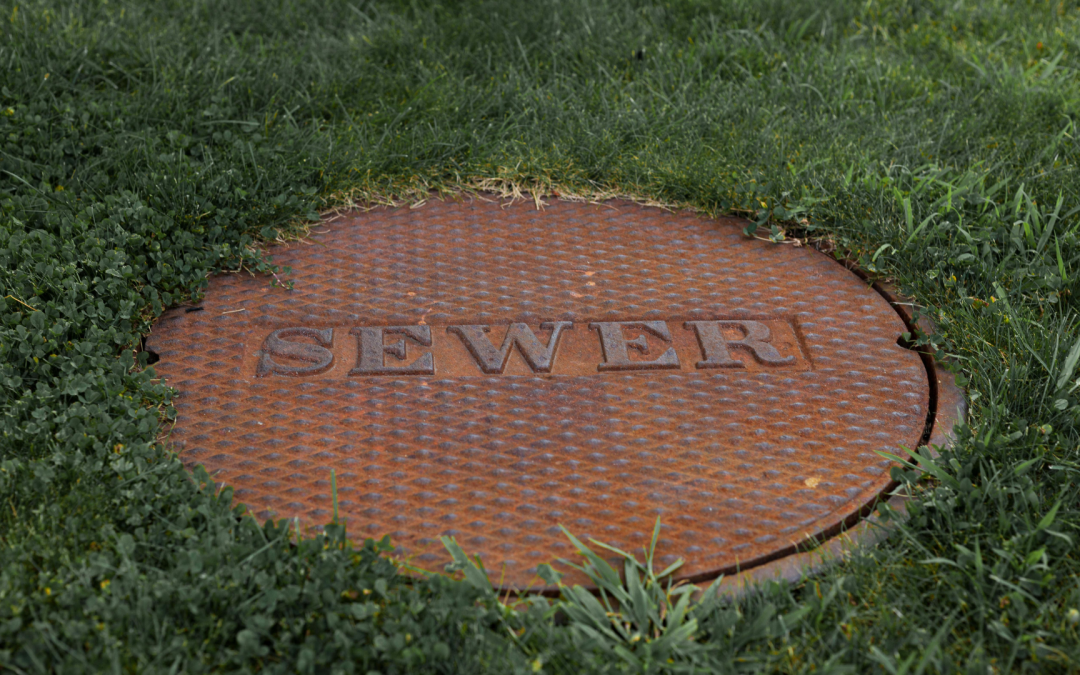Sewer systems are often out of sight and out of mind, but they play a critical role in protecting public health and the environment. When these systems are ignored or poorly maintained, problems can quickly escalate, leading to serious consequences for communities. The dangers are not always visible at first, which makes them even more threatening in the long term. Below are the hidden dangers of neglected sewer systems that every community should be aware.
1. Water Contamination
One of the most significant dangers of neglected sewer systems is water contamination. Cracked pipes, leaks, and blockages can cause untreated sewage to seep into rivers, lakes, and underground water sources. This contaminated water often contains harmful bacteria, viruses, and toxic chemicals that make it unsafe for drinking or household use. Polluted water also disrupts aquatic ecosystems, killing fish and other organisms. In the long run, water contamination from sewer problems can trigger both public health crises and environmental damage.
2. Spread of Infectious Diseases
Sewage carries harmful pathogens that can spread quickly when sewer systems fail. Diseases such as cholera, typhoid, and hepatitis A are directly linked to exposure to untreated wastewater. These illnesses can be transmitted through contaminated drinking water, food, or even contact with standing sewage. Children, elderly individuals, and those with weak immune systems are especially at risk. Without timely intervention, neglected sewers can cause disease outbreaks that affect entire communities.
3. Pest Infestations
Another hidden danger is the increase in pests caused by unmanaged sewer systems. Stagnant wastewater and clogged drains attract insects and rodents. Mosquitoes breed in standing water and spread diseases like dengue and malaria. Rats thrive in dirty sewer environments and can transmit leptospirosis and other dangerous infections. Cockroaches are also drawn to sewage areas and may carry bacteria into homes. Once these pests multiply, they are difficult to control, making prevention through proper sewer management the best solution.
4. Structural Damage to Infrastructure
Sewer problems do not only stay underground which they can also damage buildings and roads. When sewer lines leak or overflow, the surrounding soil becomes saturated and unstable. This weakens the foundations of houses, commercial buildings, and public roads. Over time, cracks, sinkholes, and even collapses can occur, leading to costly repairs. Neglecting sewers, therefore, not only threatens health but also causes financial strain for both homeowners and governments.
5. Environmental Pollution
Untreated sewage does not just affect people which it also harms the environment. Wastewater that flows into rivers and soil introduces harmful chemicals, plastics, and pathogens into ecosystems. These pollutants disrupt the natural balance of plants and animals, leading to reduced biodiversity. Sewage gases like methane also contribute to air pollution and climate change. Neglected sewer systems therefore create a chain reaction of environmental issues that can last for generations.
6. Increased Risk of Flooding
7. Economic Burden on Communities
Conclusion

